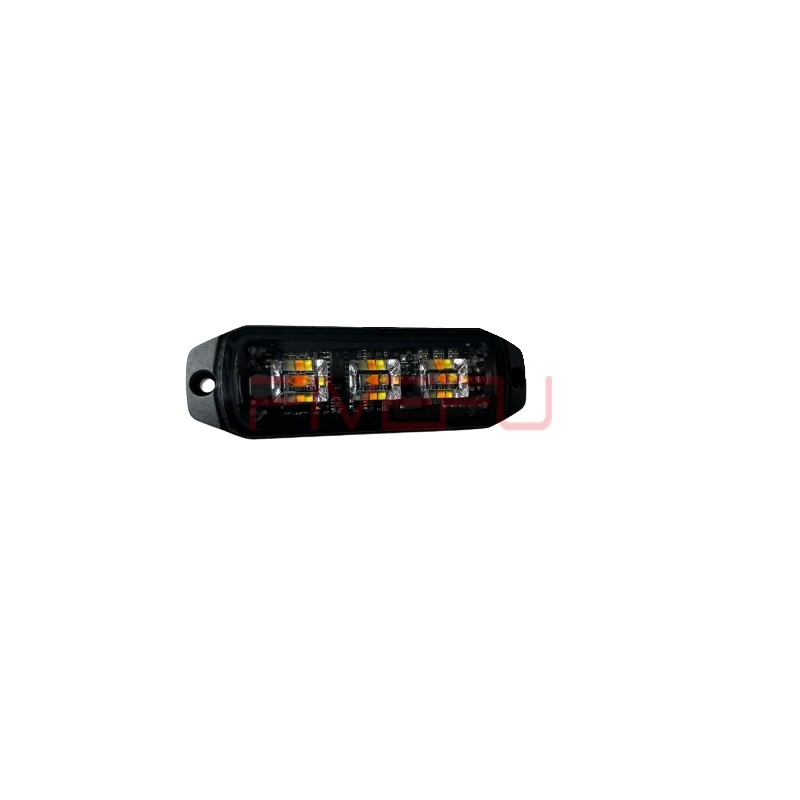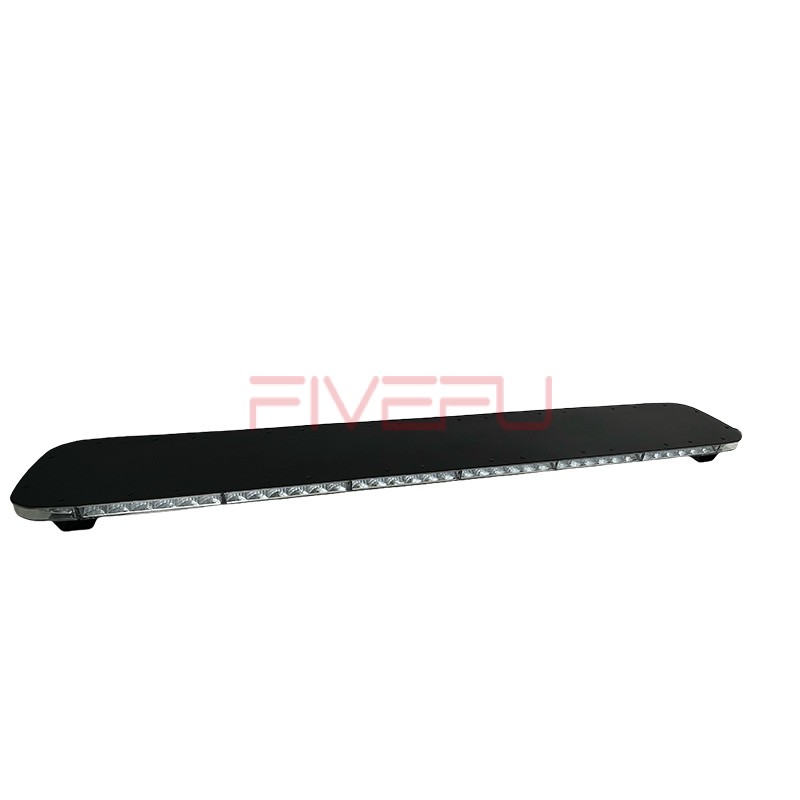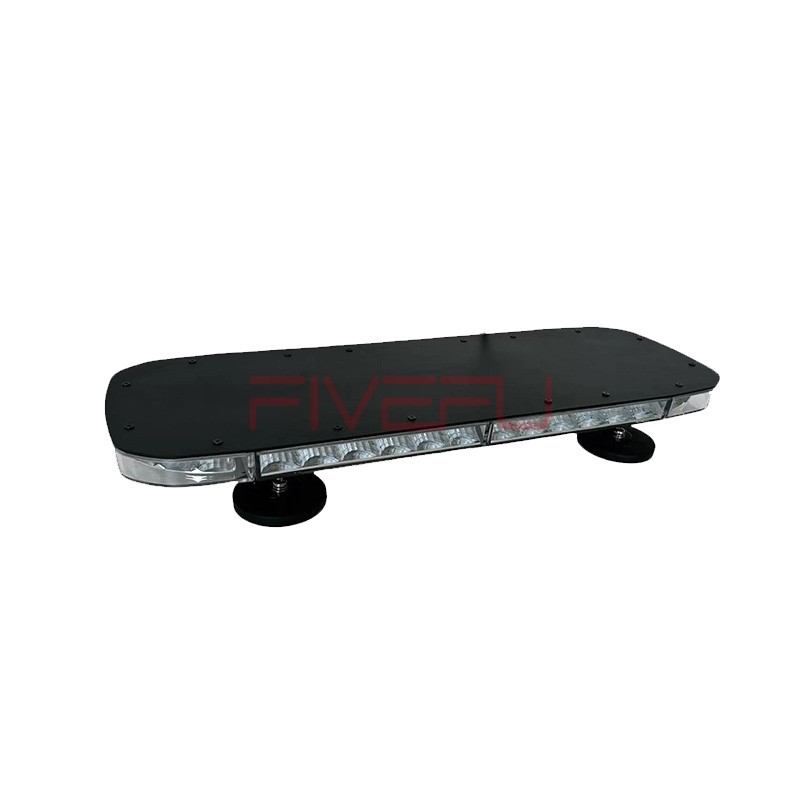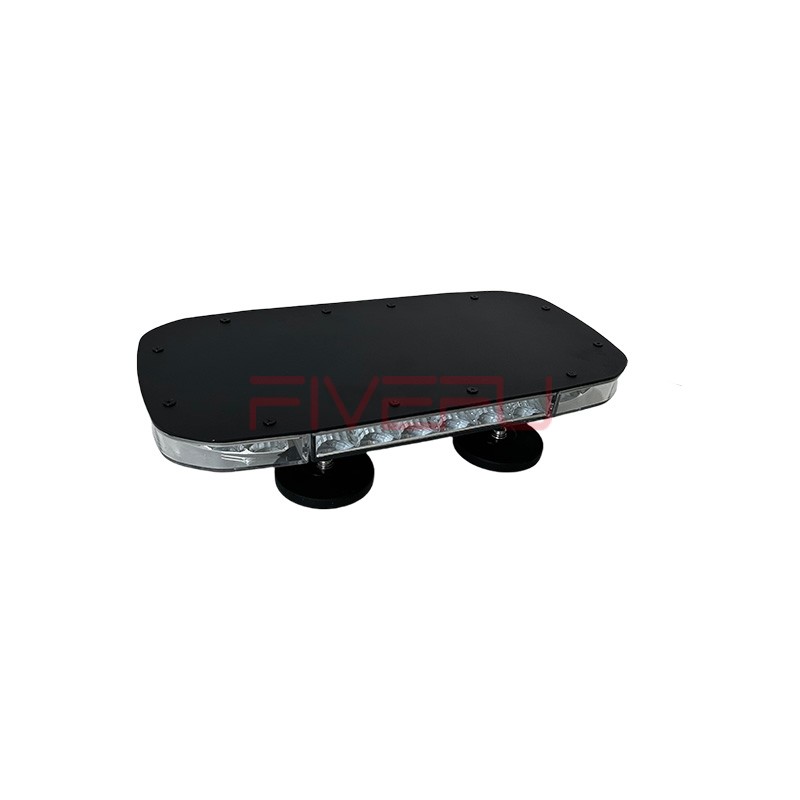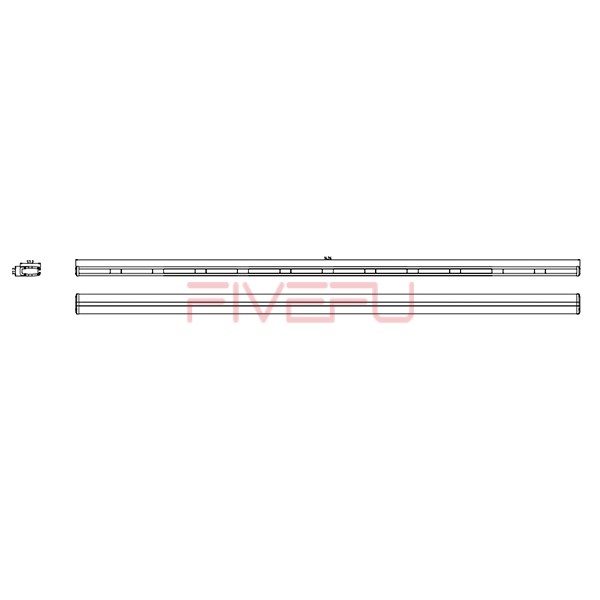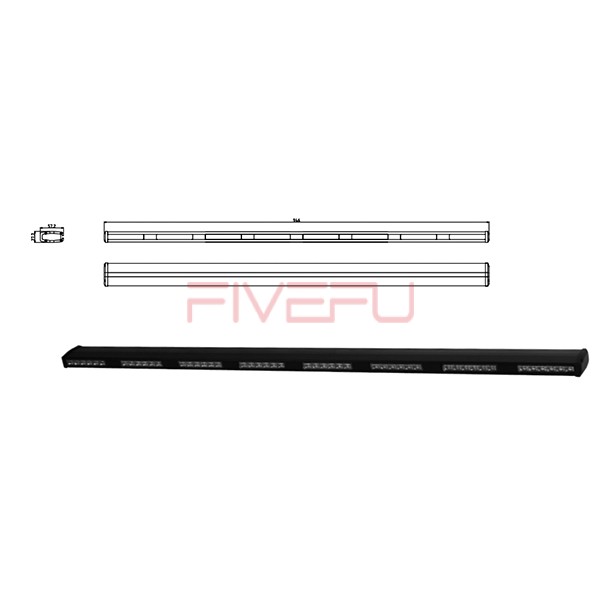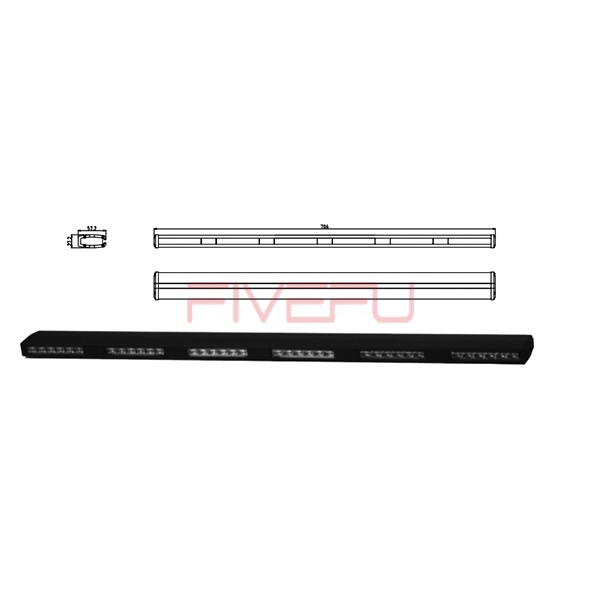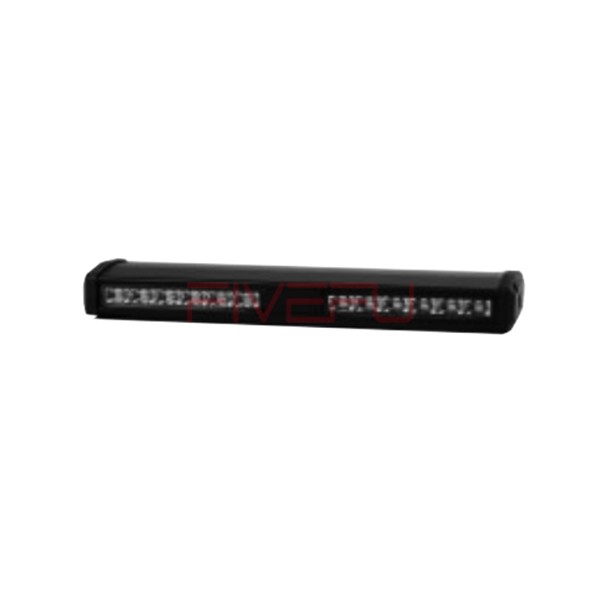Upgrading to LED motorcycle lights without proper knowledge can lead to compatibility issues and electrical failures. This affects visibility and safety. A step-by-step approach ensures a smooth and efficient LED conversion.
Converting motorcycle lights to LED involves selecting compatible bulbs, upgrading necessary wiring, and ensuring proper voltage regulation. This enhances brightness, energy efficiency, and durability while improving safety and aesthetics for riders.
Want to learn the exact process of converting your motorcycle lights to LED? Read on for a detailed step-by-step guide!
Step 1: Check Your Motorcycle’s Electrical System
Before switching to LED lights, inspect your motorcycle’s electrical system to ensure compatibility. Key areas to check include:
- Voltage Compatibility– Most motorcycles operate on a 12V system, but older models may require voltage regulation.
- Wiring Setup– Some motorcycles use a single-wire system, while others require dual-filament bulbs.
- Flasher Relay Type– Standard flasher relays may not support LEDs and could require an upgrade.
Step 2: Choose the Right LED Bulbs
Selecting the correct LED bulbs ensures optimal performance. Consider the following factors:
- Socket Type– Match the LED bulb base with your existing socket (e.g., H4, BA20D).
- Brightness and Color Temperature– Look for high-lumen output and a color temperature around 6000K for clear white light.
- CANbus Compatibility– Some motorcycles require CANbus-compatible LEDs to avoid dashboard error messages.
Step 3: Install LED Bulbs
Once you have the right LED bulbs, follow these steps for installation:
- Turn Off the Motorcycle– Ensure the power is off before handling electrical components.
- Remove the Old Bulbs– Open the headlight or taillight housing and carefully remove the existing bulbs.
- Insert the LED Bulbs– Fit the new LEDs into the socket, ensuring a secure connection.
- Test the Lights– Turn the motorcycle on and check if the LEDs function correctly.
Step 4: Upgrade the Flasher Relay (If Necessary)
LED turn signals may blink too fast or not work properly due to lower power consumption. To fix this:
- Replace the existing relay with an LED-compatible flasher relay.
- Alternatively, install load resistorsto simulate the power draw of traditional bulbs.
Step 5: Check for Additional Modifications
Some motorcycles may require:
- Diode Kits– For bikes with a shared turn signal and indicator system.
- Additional Wiring Adjustments– For custom installations or older models.
After completing these steps, perform a final test to confirm proper functionality.
Conclusion
Converting motorcycle lights to LED improves visibility, safety, and efficiency. Follow these steps for a smooth upgrade!
